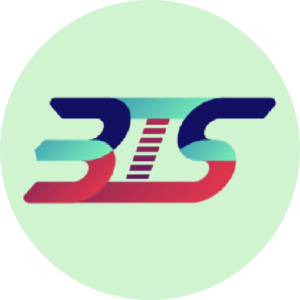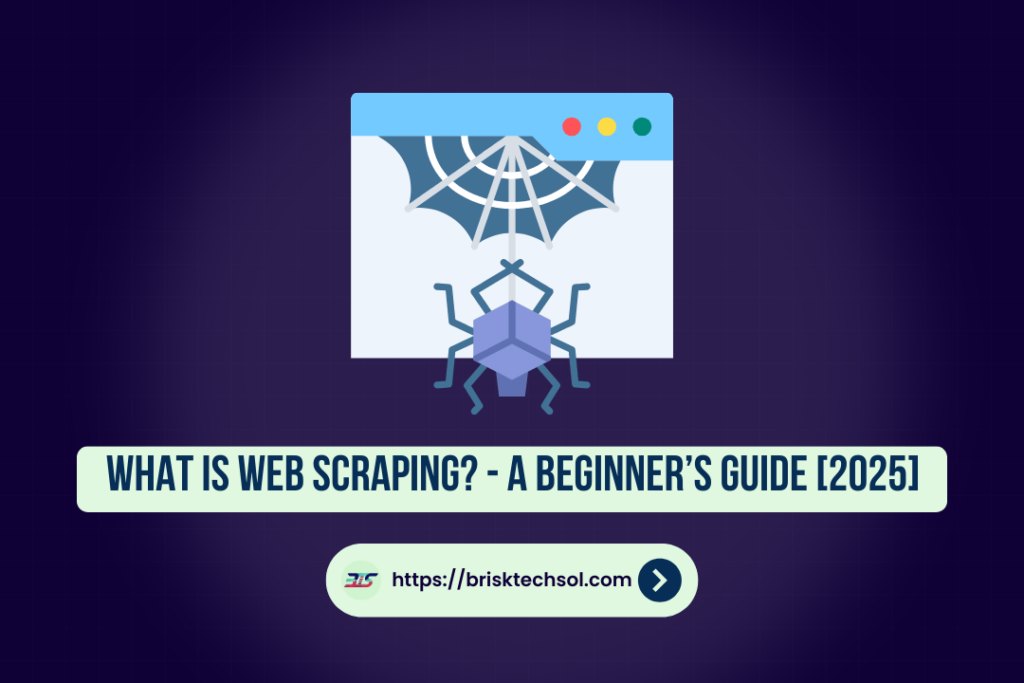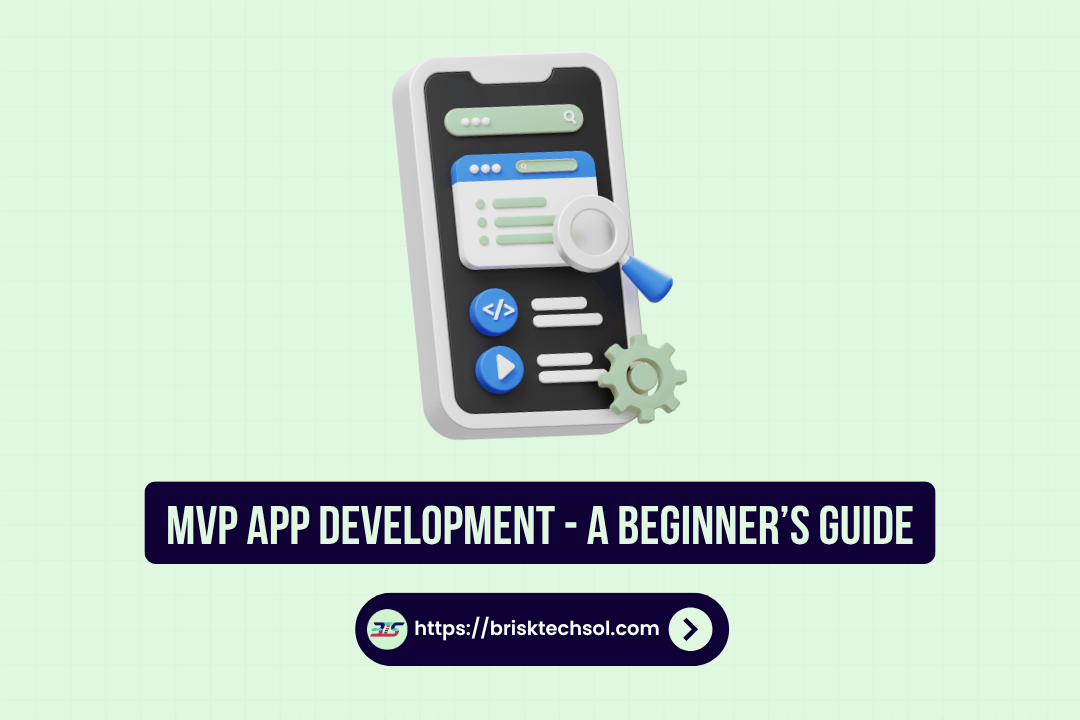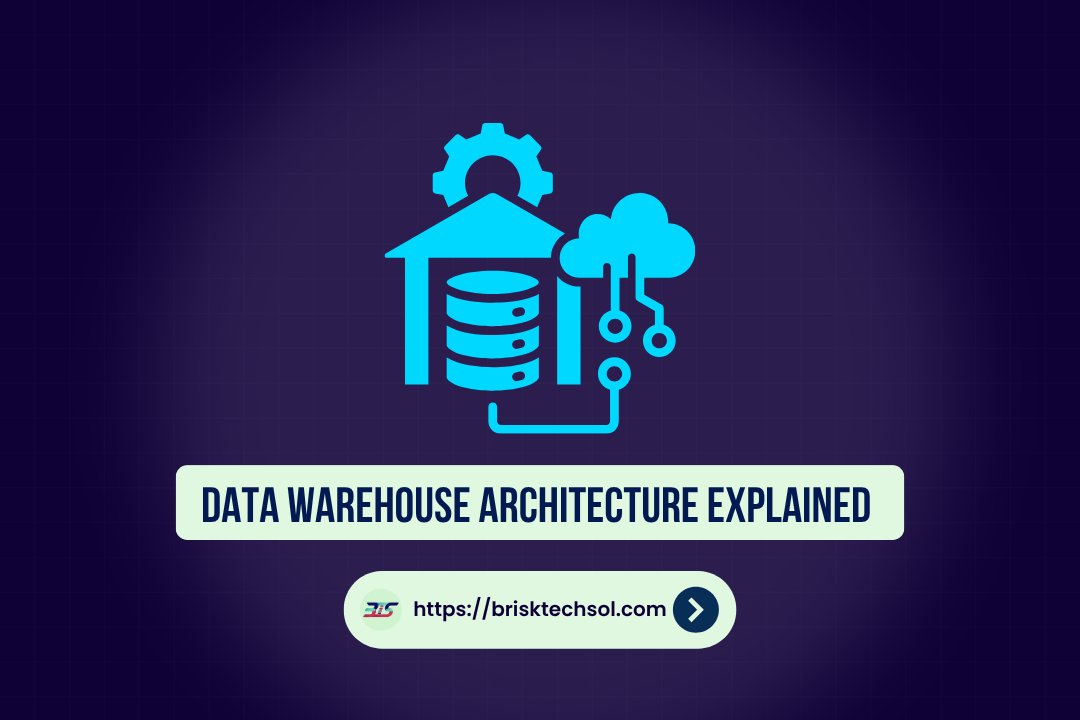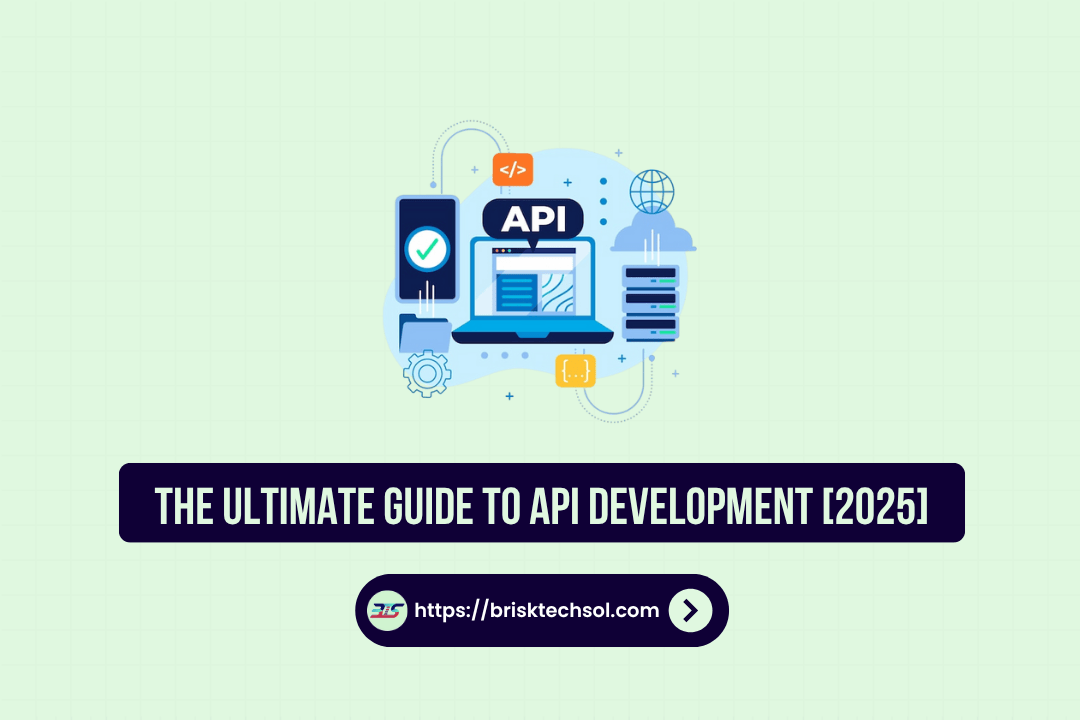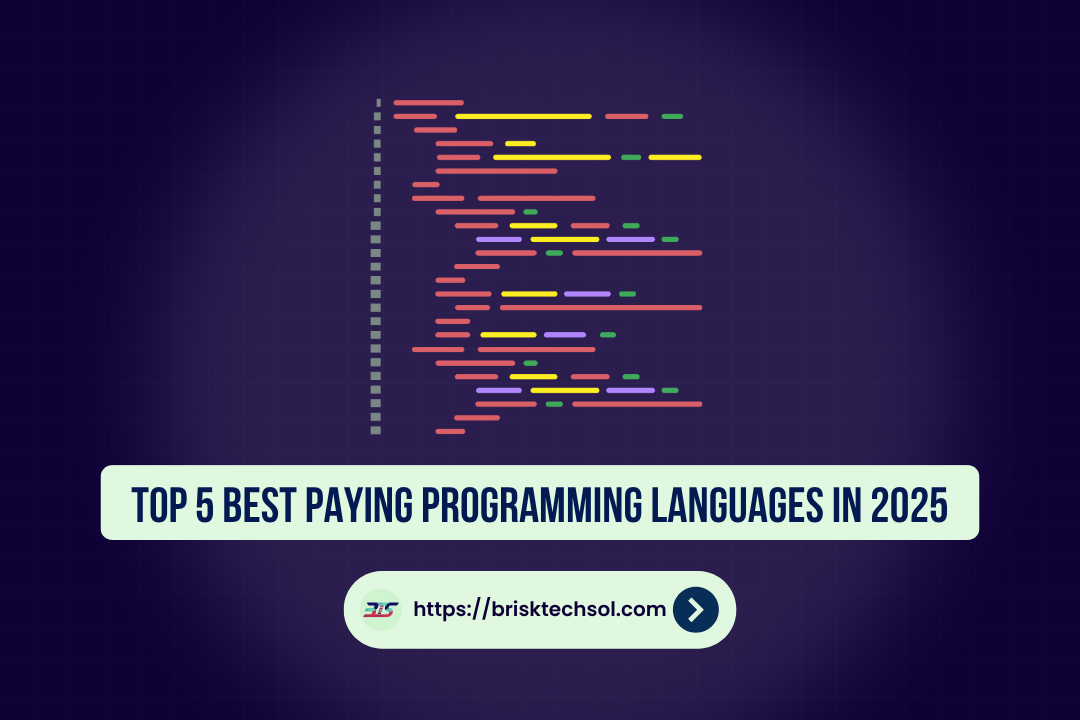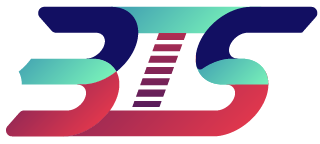Web scraping is the automatic process of collecting a large amount of data from websites. As companies look for useful insights from online sources, web scraping stands out as a method that saves time, improves data accuracy, and gives you an edge over competitors. This beginner’s guide covers everything you need to know about web scraping from the basics to its practical uses in 2025
What Is Web Scraping?
Web scraping is a method used to automatically gather and pull data from web pages. By mimicking the way a person browses a website or by directly accessing the site’s code, web scraping tools can collect information that might be too tedious or difficult to gather by hand.
Key Ideas in Web Scraping
- Data Extraction: Getting specific data points from a webpage.
- HTML Parsing: Breaking down the structure of HTML pages to find the information you need.
- Automated Bots: Programs designed to visit websites, collect data, and sometimes interact with web elements.
- APIs vs. Scraping: Many websites offer APIs to access data, but web scraping is used when no API is available, or it is too limited.
Knowing these basic ideas is important for anyone wanting to use web scraping for personal or work projects.
How Does Web Scraping Work?
Web scraping works through a series of steps that help collect data quickly and effectively. Here are the main steps involved in a typical web scraping process:
1. Sending a Request
The web scraper starts by sending an HTTP request to the target website’s server. This request mimics a regular browser request, which allows the scraper to get the website’s HTML content.
2. Receiving the Response
After the website’s server gets the request, it sends back the HTML content of the page. The scraper then downloads this content to work with.
3. Parsing the HTML
Once the HTML is downloaded, the scraper uses parsing tools (like BeautifulSoup in Python) to go through the structure of the page. This helps the tool find specific data based on HTML tags, attributes, or CSS classes.
4. Extracting Data
The scraper picks out the desired data from the parsed HTML. This might include text, images, links, or other elements.
5. Storing the Data
Finally, the data is saved in a clear format, such as a CSV file, JSON file, or a database, so it can be analyzed or used in other applications later.
Popular Tools and Techniques
There are many tools and programming languages available to make web scraping easier. Here are some of the most common options in 2025:
1. Python Libraries
- BeautifulSoup: Great for beginners, this library makes HTML parsing and data extraction simple.
- Scrapy: A powerful framework that works well for larger web scraping projects.
- Selenium: Mainly used for testing, Selenium can also automate browsers and work with dynamic content.
2. R Libraries
- rvest: A popular tool among data scientists using R for web scraping and data extraction.
- httr: Useful for sending HTTP requests and handling responses, especially when used with rvest.
3. JavaScript Solutions
- Puppeteer: A Node.js library that gives you control over headless Chrome, making it ideal for websites that use dynamic content.
- Cheerio: Often paired with Node.js, Cheerio provides a quick and flexible way to use jQuery-like functions on the server.
4. API-Based Alternatives
When available, APIs are the best way to get data because they offer structured information directly from the source. However, not every website provides an API, so web scraping remains an important alternative.
Tip: Always check the website’s robots.txt file to see if scraping is allowed and to make sure you follow the site’s rules.
Uses of Web Scraping
Web scraping is a flexible tool that can be useful in many different areas. Here are some common uses:
1. Market Research and Competitive Analysis
- Price Monitoring: Keep track of competitor prices, discounts, and promotions.
- Product Data Collection: Gather details like product specs, reviews, and ratings to help with business decisions.
- Trend Analysis: Watch for new trends by analyzing data from social media and online stores.
2. Real Estate
- Property Listings: Collect detailed information about properties from real estate websites.
- Market Valuation: Study market trends to figure out property values and investment opportunities.
3. Finance and Investment
- Stock Market Data: Gather historical and current data to study market trends.
- Financial News: Monitor news sites and blogs for the latest updates and opinions.
4. Academic and Scientific Research
- Data Collection: Gather large sets of data for research or studies.
- Content Aggregation: Combine data from multiple sources to create detailed research reports.
5. E-commerce
- Product Aggregation: Build tools to compare prices or create comprehensive product databases.
- Customer Feedback: Collect reviews and ratings to understand customer opinions.
These examples show just how useful web scraping can be for finding and using online data.
Legal and Ethical Considerations
While web scraping offers many benefits, it is important to follow legal and ethical rules when using it.
Legal Points
- Terms of Service: Check the website’s terms of service before scraping. Some sites clearly forbid data extraction without permission.
- Copyright Issues: The content you scrape might be protected by copyright laws. Use the data responsibly and do not break any copyright rules.
- Data Privacy: When collecting personal data, be aware of privacy laws like GDPR and CCPA. Always follow these laws to protect people’s information.
Ethical Best Practices
- Rate Limiting: Do not overwhelm a website’s server by making too many requests at once.
- User-Agent Identification: Clearly identify your scraper to show transparency.
- Responsible Data Use: Use the data in a way that does not harm individuals or businesses.
Following these legal and ethical guidelines helps ensure that your data collection efforts are safe and respectful.
Best Practices for Web Scraping in 2025
To make your web scraping project run smoothly, follow these tips:
1. Plan Your Project Well
Before you start, set clear goals, pick the websites you want to target, and decide what data you need. A good plan helps reduce mistakes and makes the project run more efficiently.
2. Choose the Right Tools
Pick tools and libraries that are well-maintained and up to date. For beginners, libraries like BeautifulSoup or rvest work well. For bigger projects, Scrapy or Puppeteer might be better choices.
3. Follow Website Rules
Always check the website’s robots.txt file and read the terms of service. Following the rules not only keeps you legal but also builds a good reputation.
4. Write Efficient Code
- Error Handling: Add code to handle errors like changes in the website structure.
- Session Management: Use sessions to manage cookies and reduce the number of requests.
- Concurrency: For large projects, consider using asynchronous requests to speed up data collection.
5. Keep Your Scraper Updated
Websites often change their layouts and security measures. Regularly check your scraper and update it as needed to keep it working properly.
6. Protect Your Data
Make sure the data you collect is stored securely. Use methods like encryption and secure servers to keep sensitive data safe from unauthorized access.
7. Test Your Code
Run tests on smaller data sets first to make sure your scraper works correctly. Testing helps you catch problems early and ensures that the scraper collects the right data before you scale up.
By following these steps, you can build a reliable, efficient, and legally safe web scraping tool that meets the needs of today’s online world.
Conclusion
Web scraping is a powerful tool for collecting data from the internet in an easy and automated way. In 2025, understanding web scraping from its basic concepts to practical applications and legal guidelines is essential. This guide explained how web scraping works, highlighted the best tools and techniques, and discussed important legal and ethical considerations.
FAQ’s
What is the main purpose of web scraping?
Web scraping is mainly used to automate the collection of data from websites. It helps you gather a large amount of information quickly, which is useful for market research, competitor analysis, price tracking, and data organization. This process saves time and makes decision-making easier by providing structured and useful insights.
Is web scraping legal?
Web scraping exists in a gray area legally. While scraping public data is usually acceptable, it’s important to check the website’s terms of service and follow copyright and privacy laws. Not following these guidelines can lead to legal problems. Always use web scraping in a legal and responsible way.
Which programming language is best for web scraping?
Python is often considered one of the best languages for web scraping because it is easy to learn and has strong libraries like BeautifulSoup, Scrapy, and Selenium. However, languages like R and JavaScript (with tools like Puppeteer) can also work well depending on your needs and experience.
How do I handle websites that use JavaScript?
Websites that use JavaScript to load data may require special tools that can run JavaScript. Selenium and Puppeteer are good options because they can control a real web browser to load all the content, making sure you can get the data you need.
Can I use scraped data for business purposes?
Using scraped data for business purposes depends on the data’s source and the rules about its use. If a website’s rules do not allow scraping or if the data is copyrighted or private, using it for business can lead to legal issues. Always check the rules and, if unsure, ask a legal expert for advice.
What are some common challenges in web scraping?
Some common challenges include:
- Dynamic Content: Websites that use AJAX or JavaScript to load data can be harder to scrape.
- IP Blocking: Making too many requests might get your IP address blocked.
- Changing Website Layouts: Updates to a website’s design can break your scraper.
Legal and Ethical Concerns: Following the law and ethical guidelines is always necessary when scraping data.

